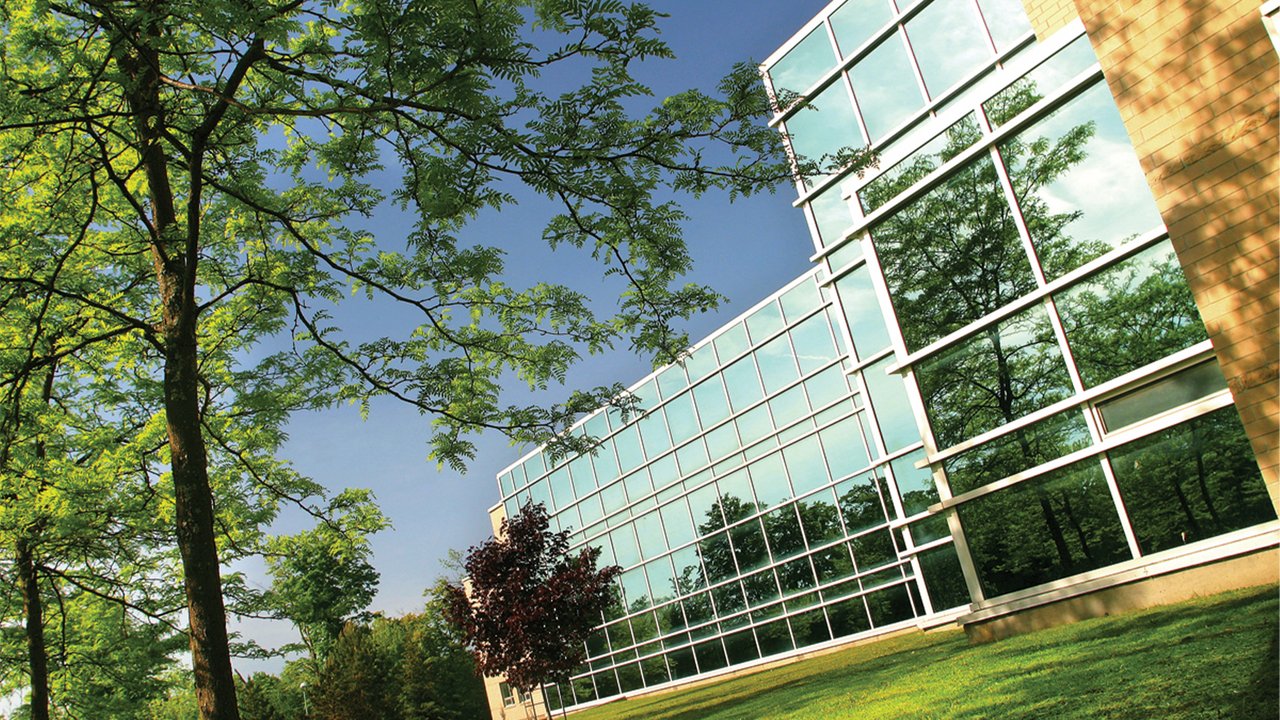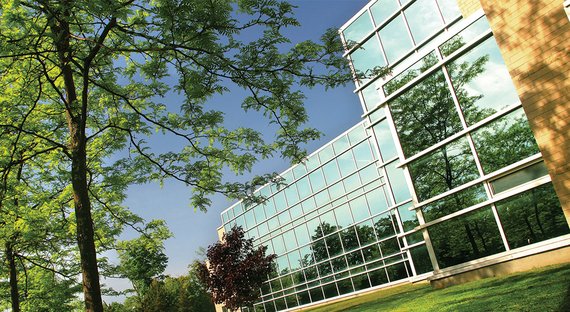



The notion of the "sacred canopy" originates with Peter Berger, but is taken up by Driedger (1980) and operates as a metaphor for a space that is safe from colonization and its impacts. In other words, Indigenous students cannot learn if they do not feel safe, and they cannot feel safe in a classroom (or any other space) that manifests prejudice, imbalances of power, or a lack of historical awareness. Creating a "sacred canopy" requires the teacher to learn about the history of Indigenous peoples and their treatment within the educational system, both past and present. It also requires the teacher's vigilance in the classroom environment against damaging attitudes presented by other students.
The talking circle originated with First Peoples leaders. When tribal council met, this method ensured that all voices were heard. Also, of course, the circle format references the important symbol of the medicine wheel, itself a metonym for the notion of interconnection and holistic perspectives. In these talking circles, the Chief would initiate the conversation, holding the object of power (something like a talking stick), but the stick would move from person to person, allowing each person to talk, but also each person to listen. Such a method of resolving conflicts and making decisions for a community ensured respect and avoids just one voice having all the power.
As mentioned above, the medicine wheel is a crucial metaphor for most Indigenous communities in North America. The medicine wheel represents a number of things: four directions, four seasons, four winds, etc.. No interpretation is valued over another; no reading or representation is "right" or "wrong." The main idea symbolized by the wheel is the interconnection of all things and the importance of giving equal value to all things. No section is more important than another. All sections are needed to complete the circle.
In terms of teaching, the medicine wheel encompasses the notion that there are multiple parts to consider in every lesson and multiple actions or steps to complete in the process of learning. All parts and all steps are integral.
Indigenous peoples have long used oral storytelling as a means to communicate history, knowledge, skills, spirituality, and tradition from generation to generation. Telling these stories was a privilege and a responsibility that belonged only to specific, trained Elders. These stories were a key means of educating younger generations. While these stories always retained a consistent core, they were also adapted to the context in which they were told and the audience to whom they were told. They were dynamic and always being made freshly relevant. In addition, the telling of stories was a participatory activity in which both storyteller and audience engaged, co-creating the story in some ways.
Given its hugely significant role within Indigenous culture, storytelling within the classroom is one way to adapt a learning environment. Under the section on 'Lecture/Teaching Style,' we will discuss what such an adaption might look like in practical terms.
An understanding of the natural world and the land as sacred is crucial to most First Peoples communities. Traditionally, these are peoples whose lives were shaped by the geography, topography, natural resources, and weather of the regions in which they lived. As such, much of the learning in these communities was linked to the land and its seasonal cycles.
Further, the relationship between Indigenous people and the earth is distinct from that of Canada's colonizing countries. Instead of the people "owning" the land, First Peoples believe that they belong to the land, and that they have a responsibility to protect it. This responsibility is integrated into everything that they know and do.
Below we will discuss ideas for how to incorporate the land and the natural world into the classroom.